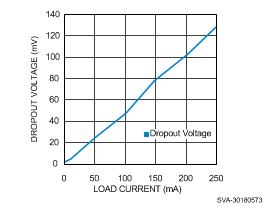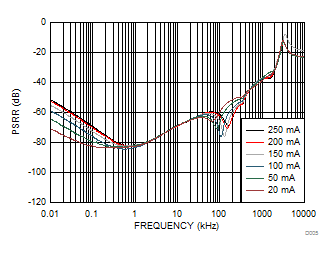ZHCSD40P April 2012 – January 2024 LP5907
PRODUCTION DATA
- 1
- 1 特性
- 2 应用
- 3 说明
- 4 Pin Configuration and Functions
- 5 Specifications
- 6 Detailed Description
- 7 Application and Implementation
- 8 Device and Documentation Support
- 9 Revision History
- 10Mechanical, Packaging, and Orderable Information
封装选项
机械数据 (封装 | 引脚)
散热焊盘机械数据 (封装 | 引脚)
- DQN|4
订购信息
5.7 Typical Characteristics
VIN = 3.7V, VOUT = 2.8V, IOUT = 1mA, CIN = 1µF, COUT = 1µF, and TA = 25°C (unless otherwise noted)
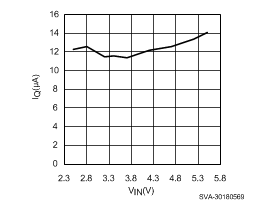
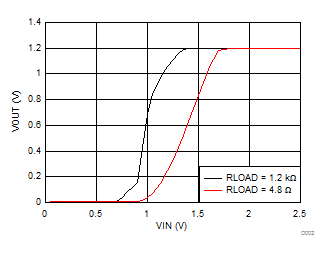
| VOUT = 1.2V, VEN = VIN |
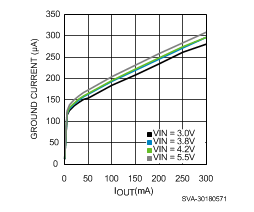
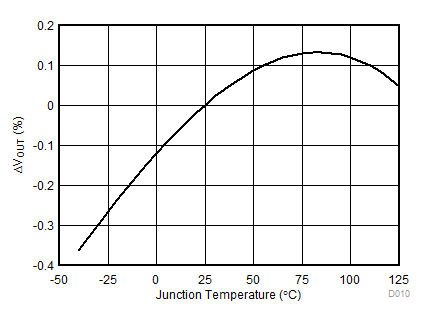
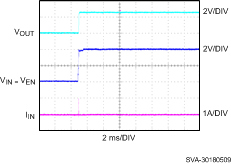
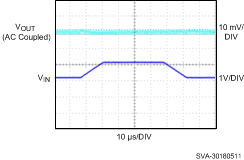
| VIN = 3.2V ↔ 4.2V, load = 250mA |
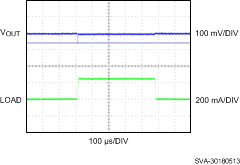
| Load = 0mA ↔ 250mA, 90°C |
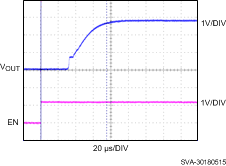
| Load = 0mA |
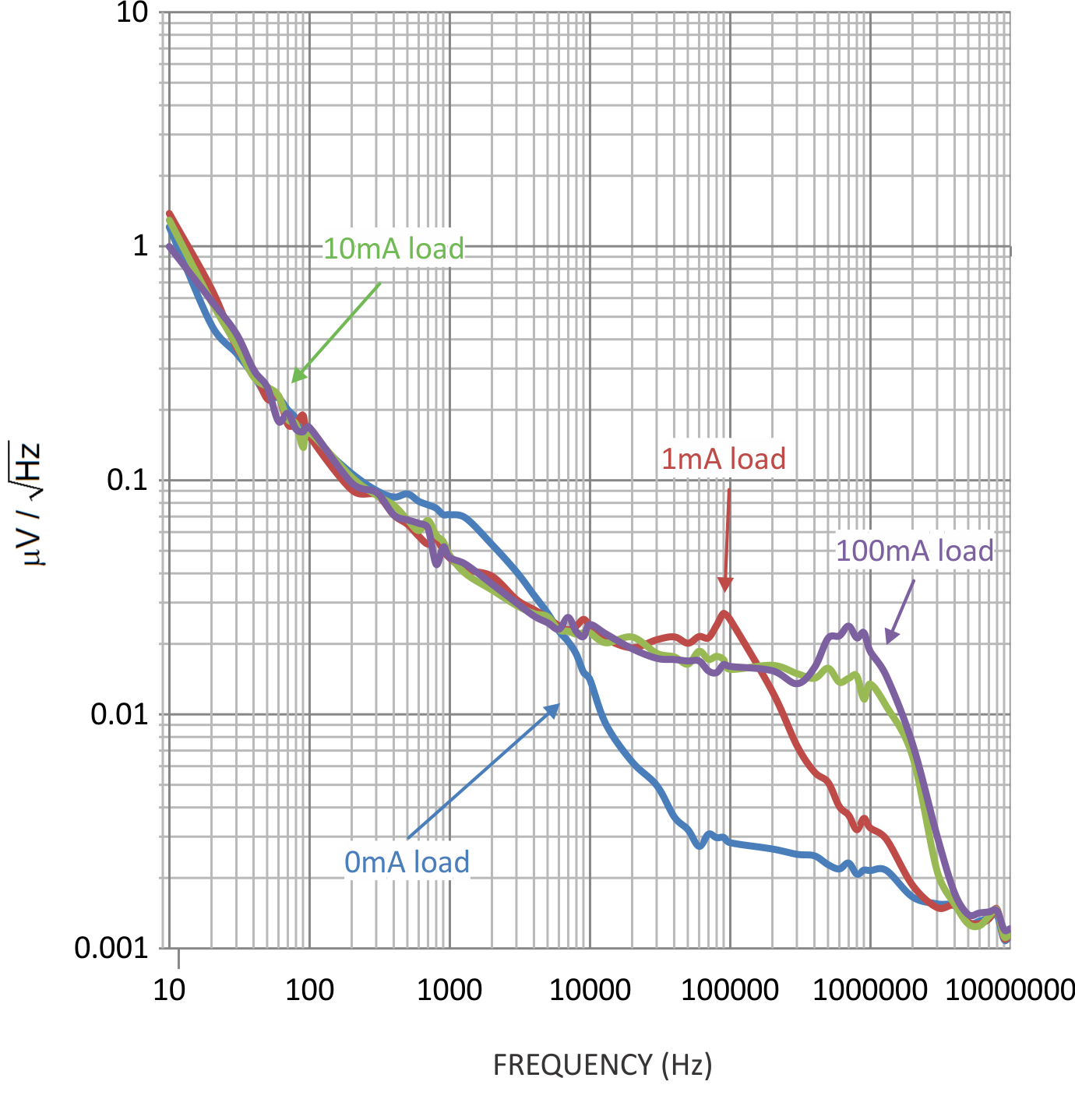
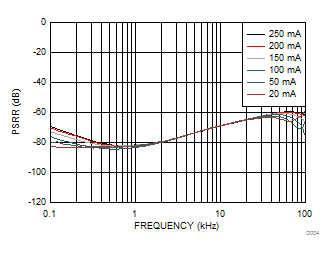
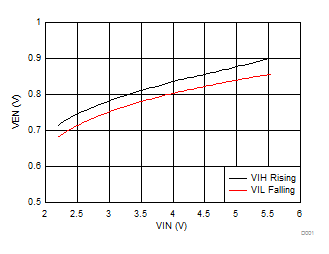
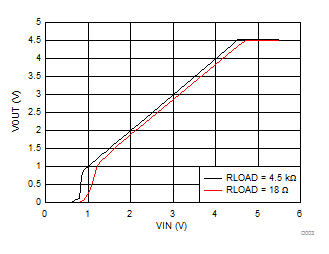
| VOUT = 4.5V, VEN = VIN |
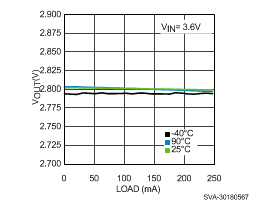
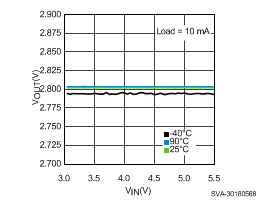
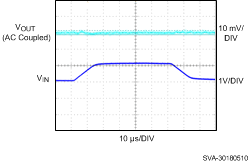
| VIN = 3.2V ↔ 4.2V, load = 1mA |
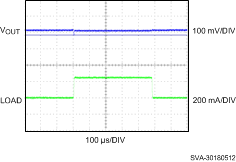
| Load = 0mA ↔ 250mA, –40°C |
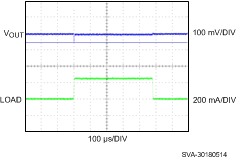
| Load = 0mA ↔ 250mA, 25°C |
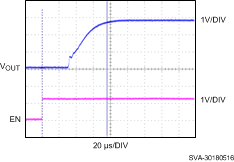
| Load = 250mA |
